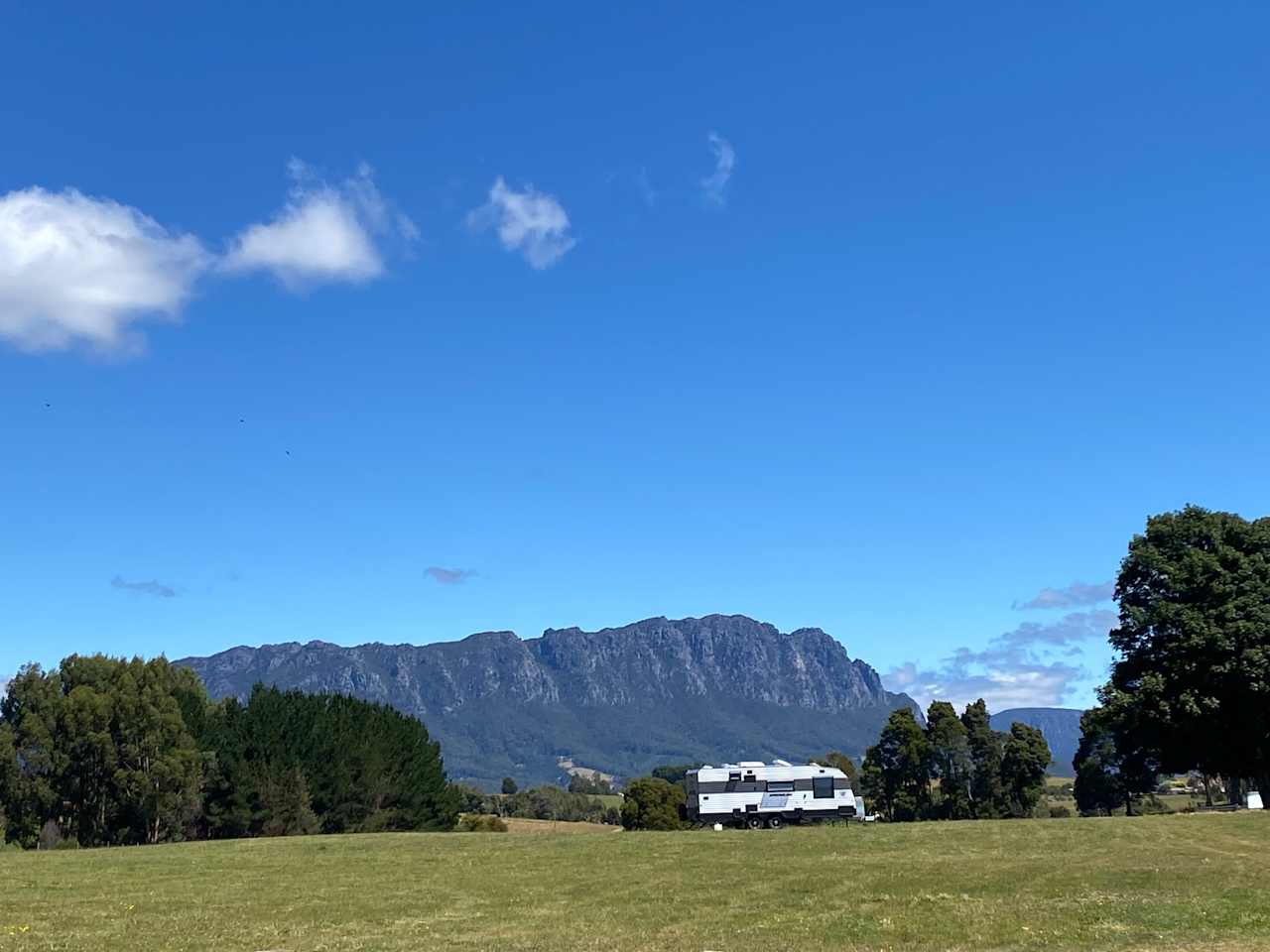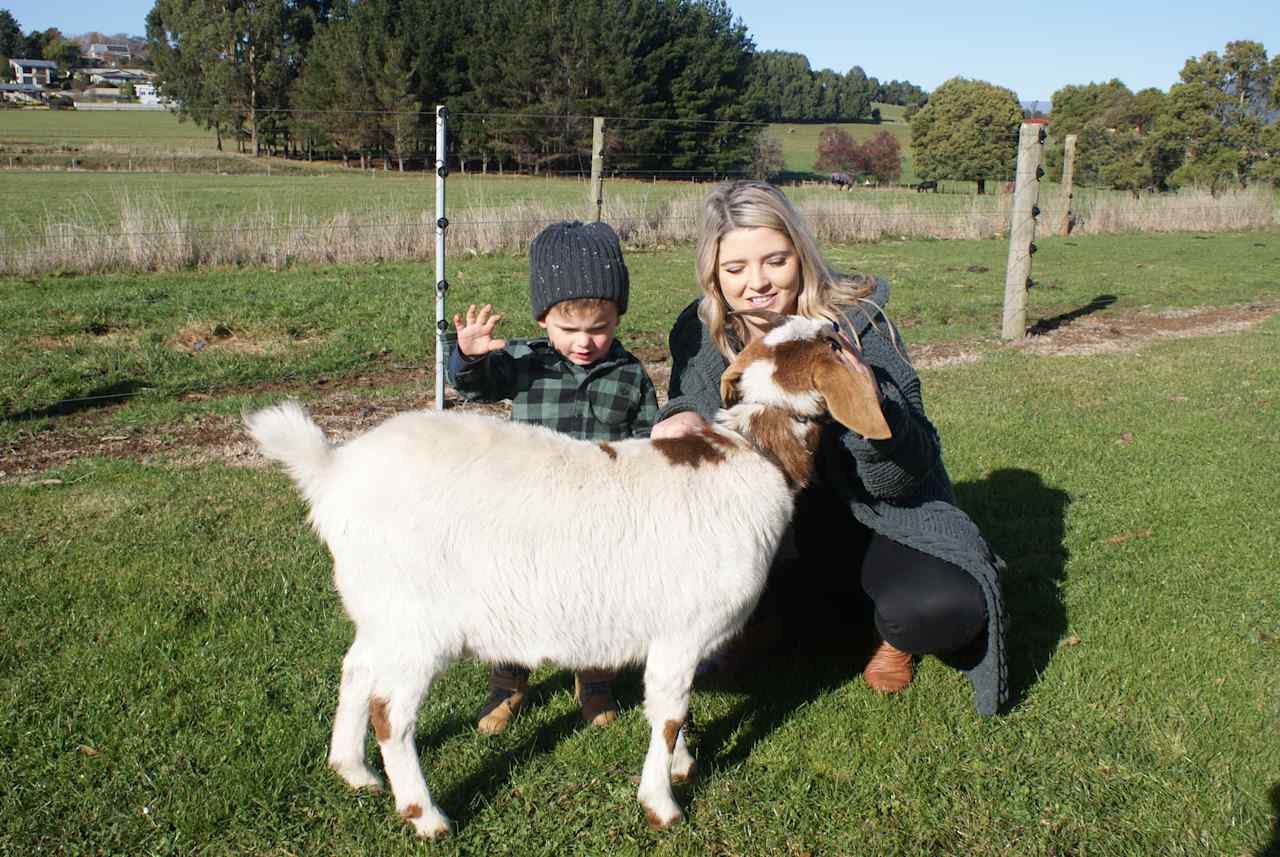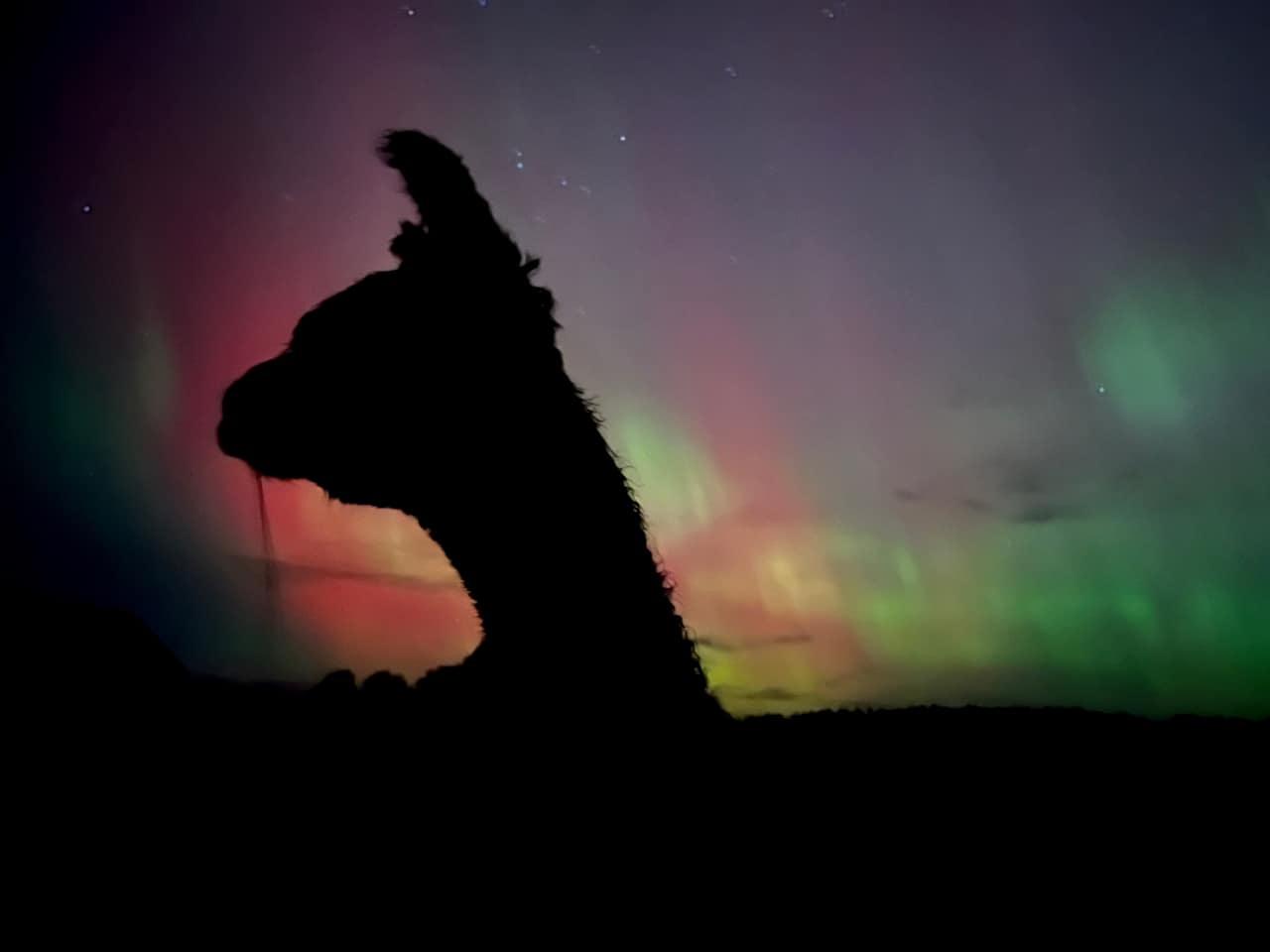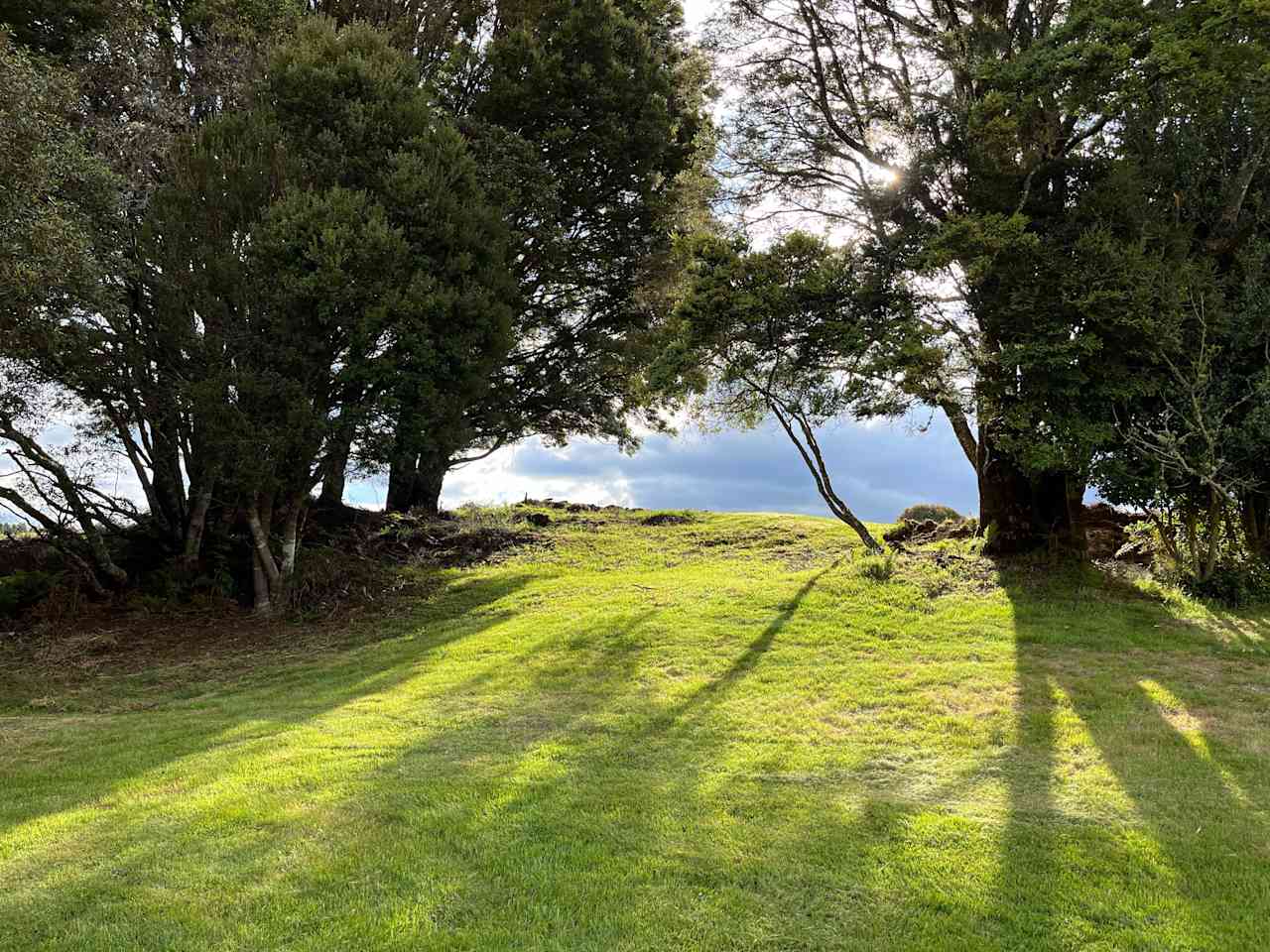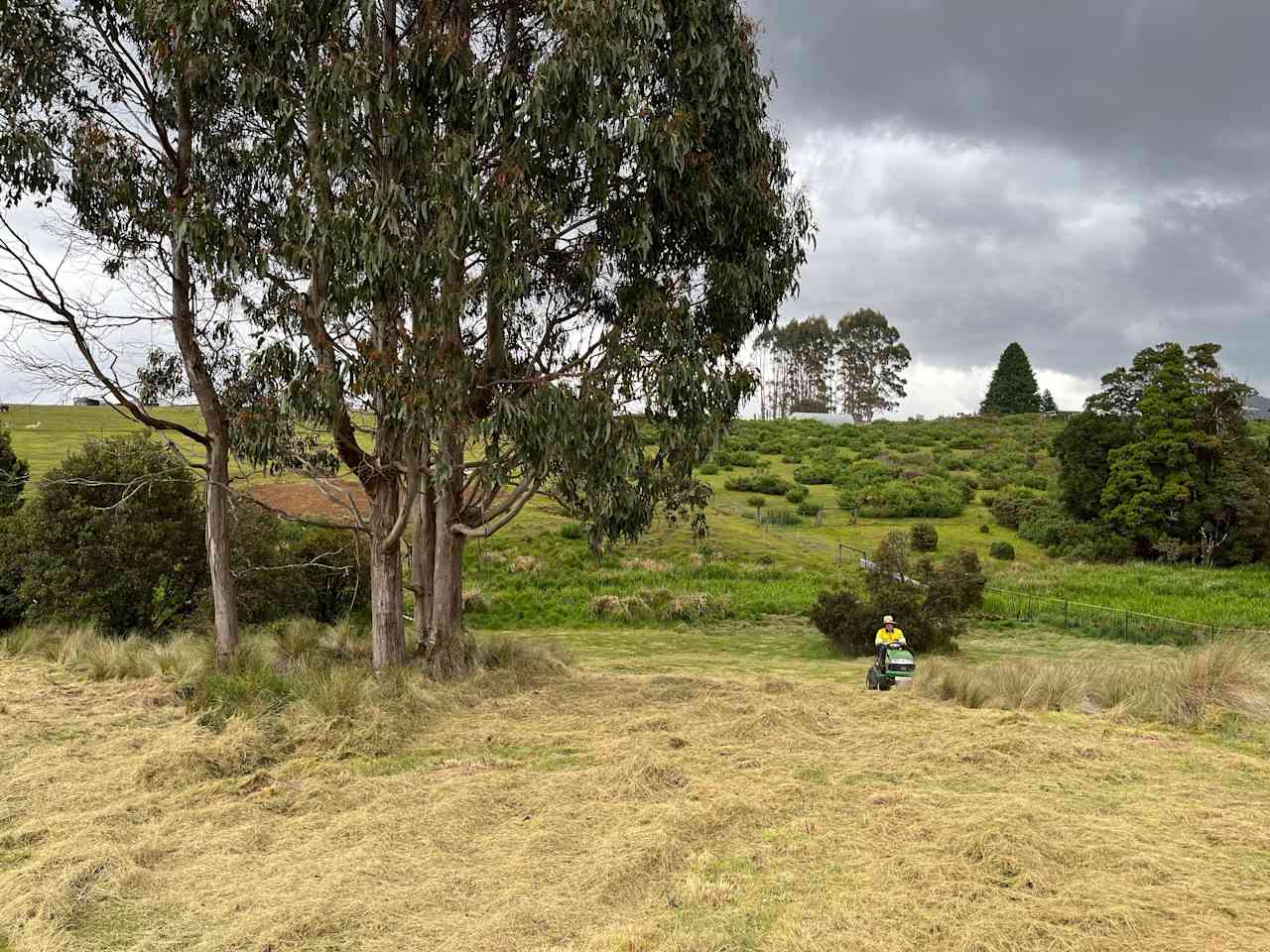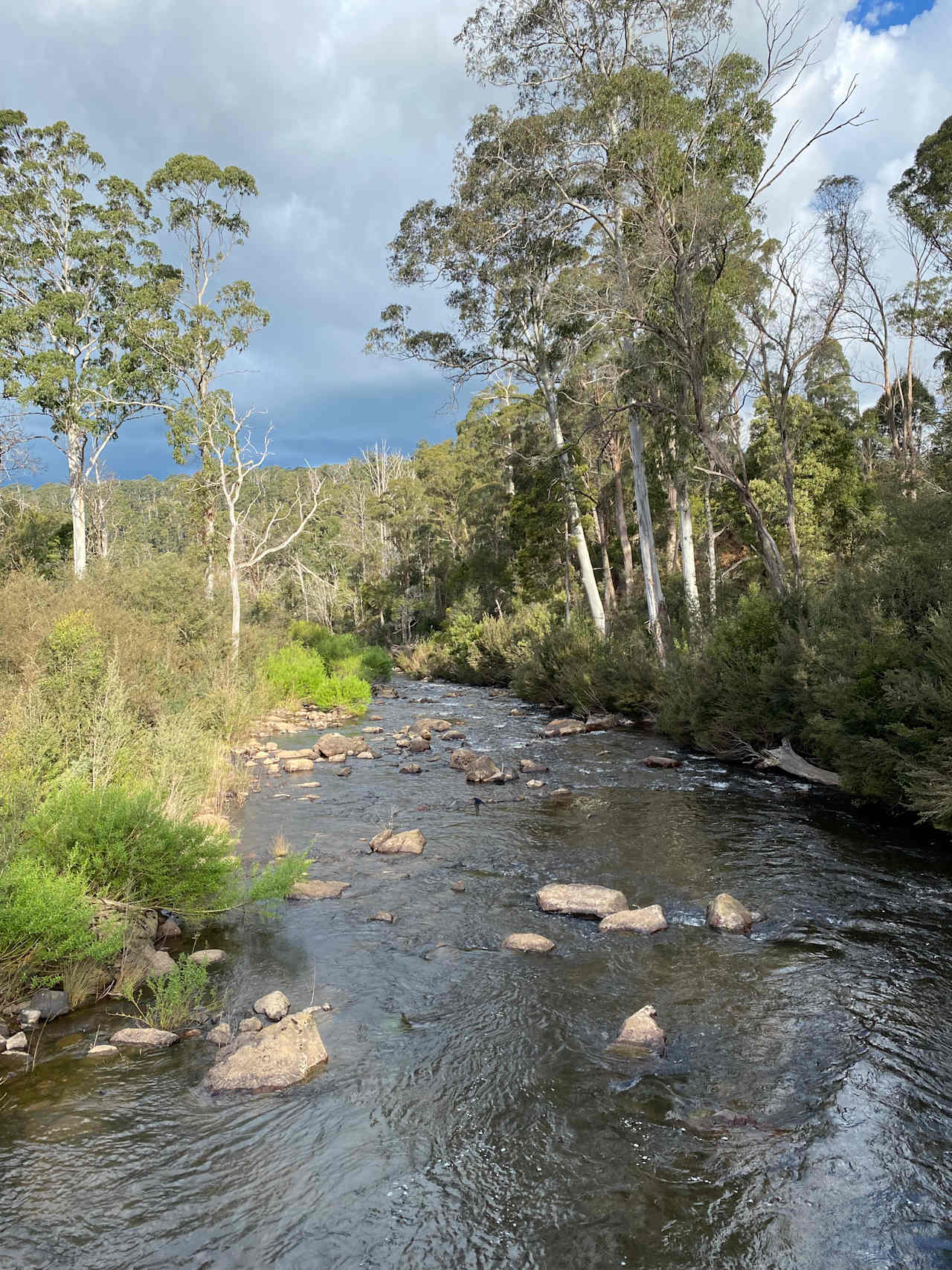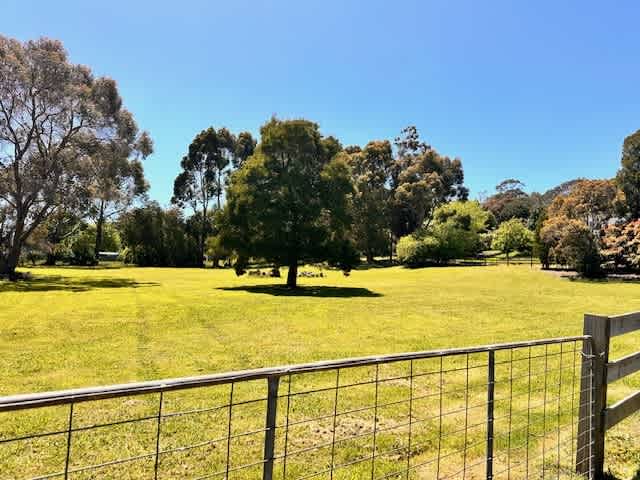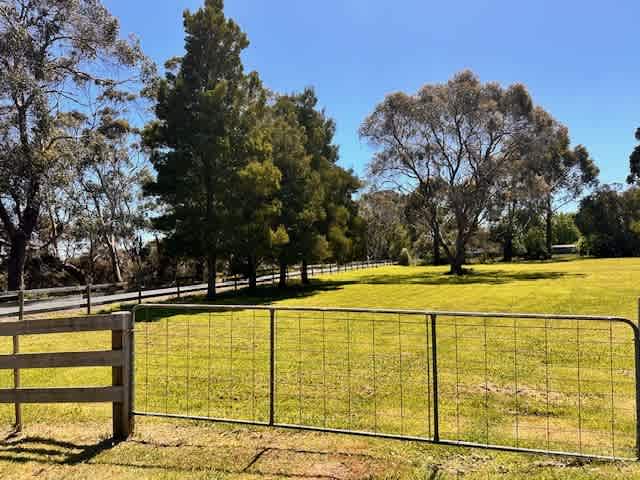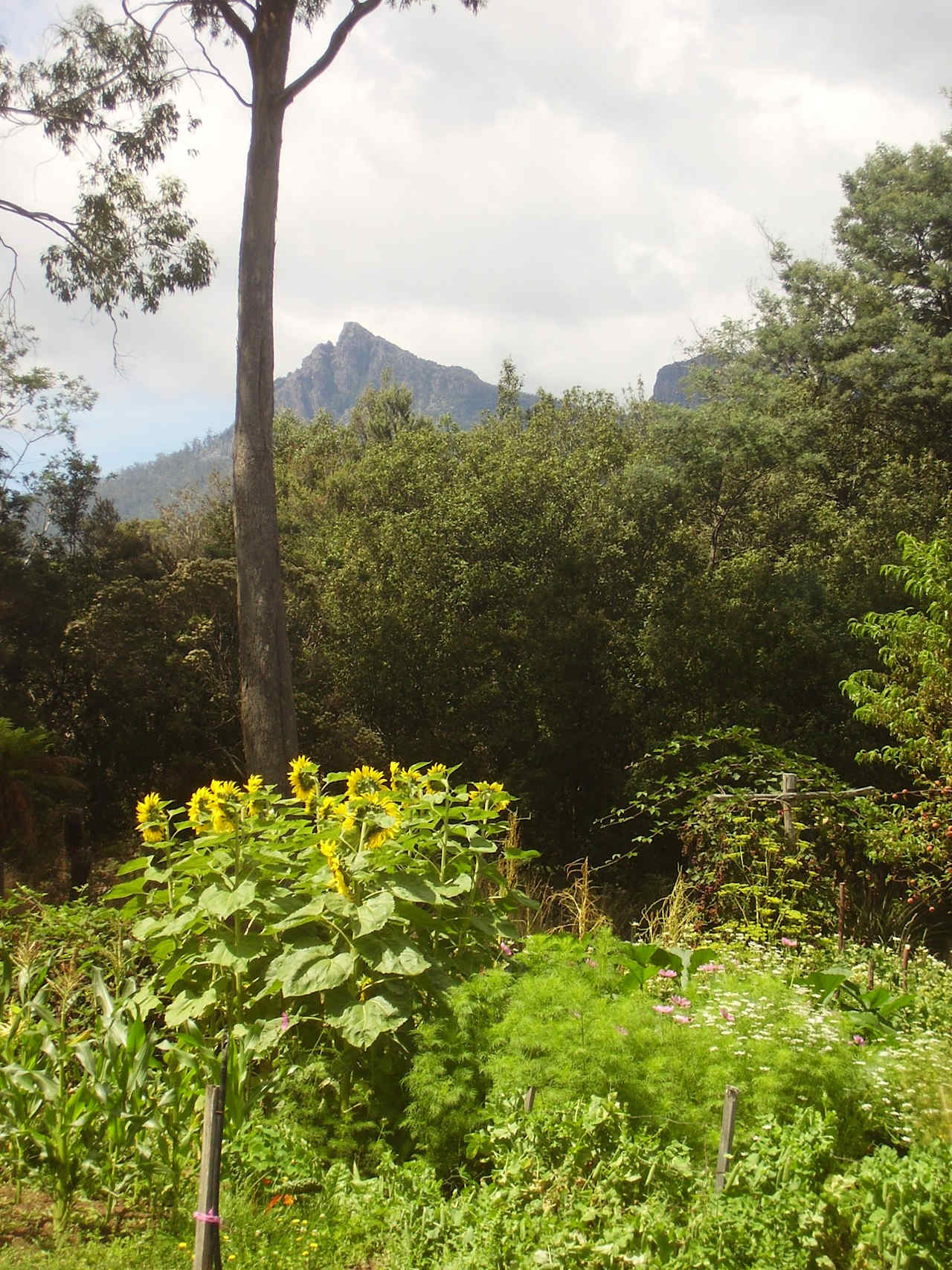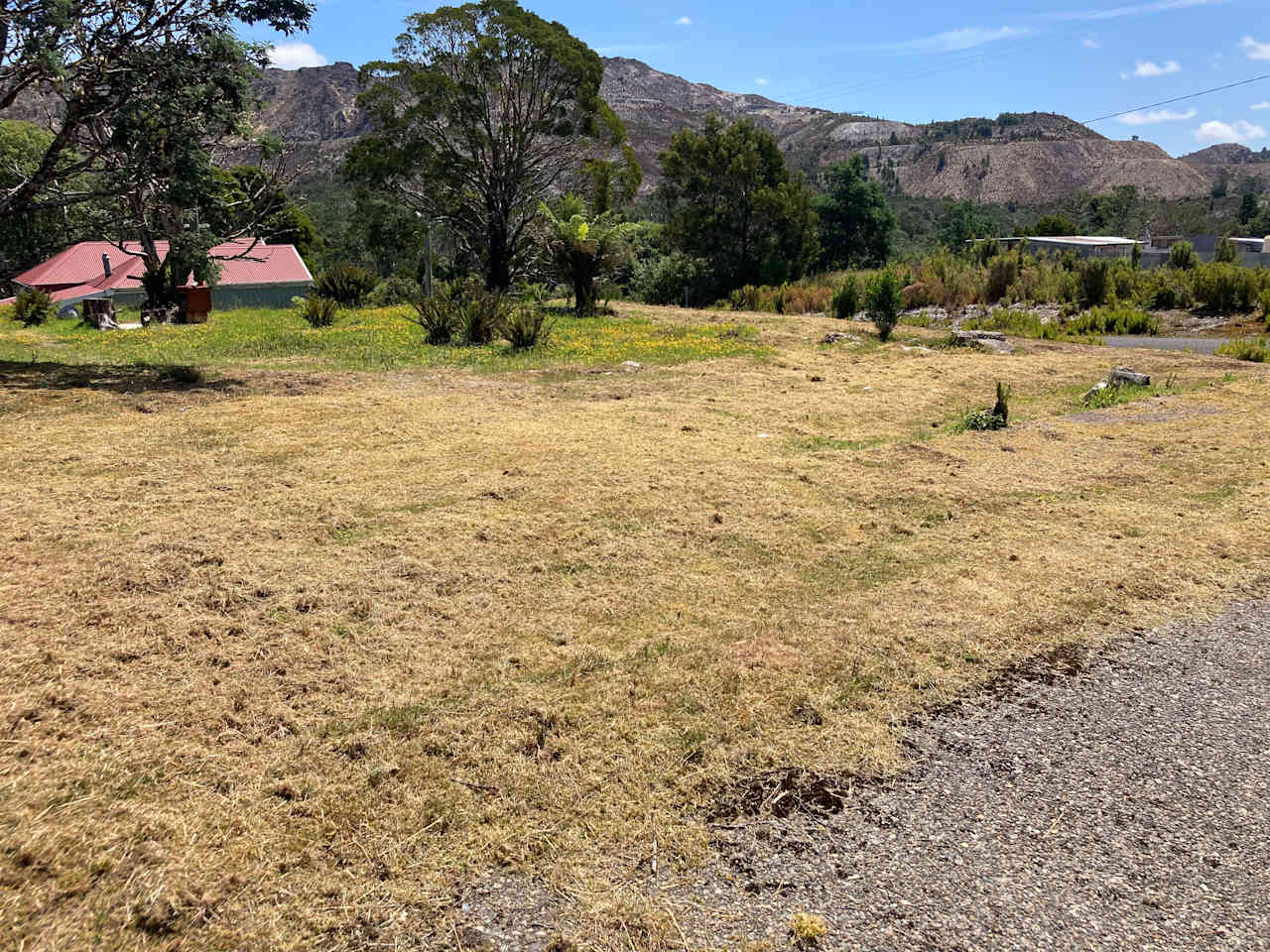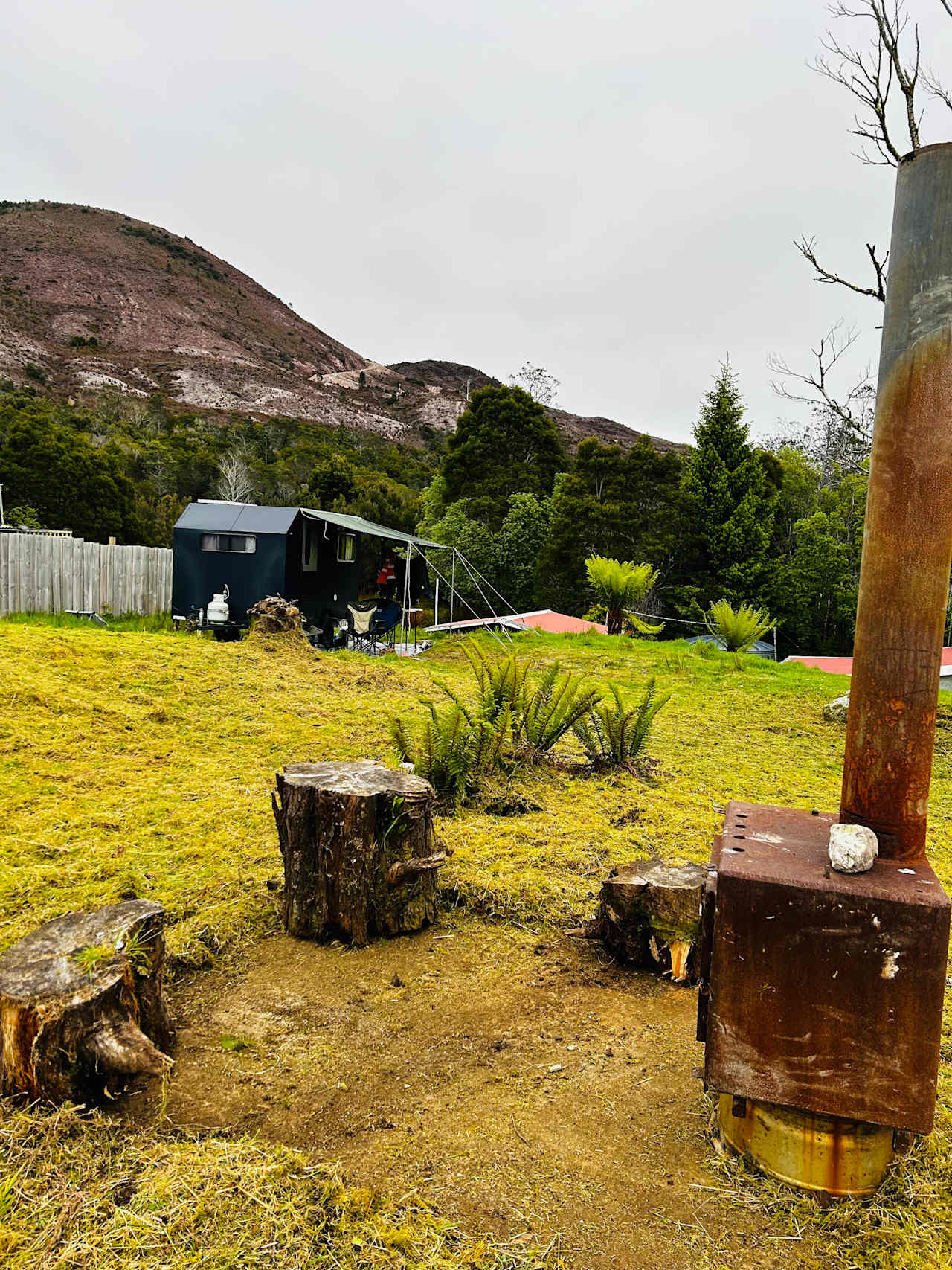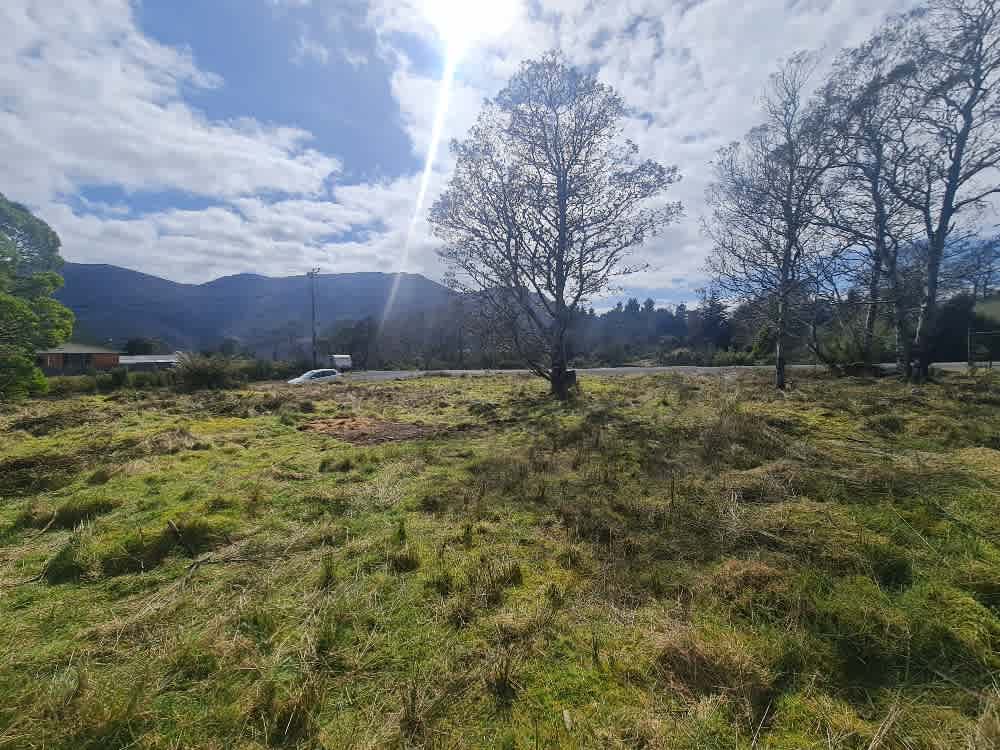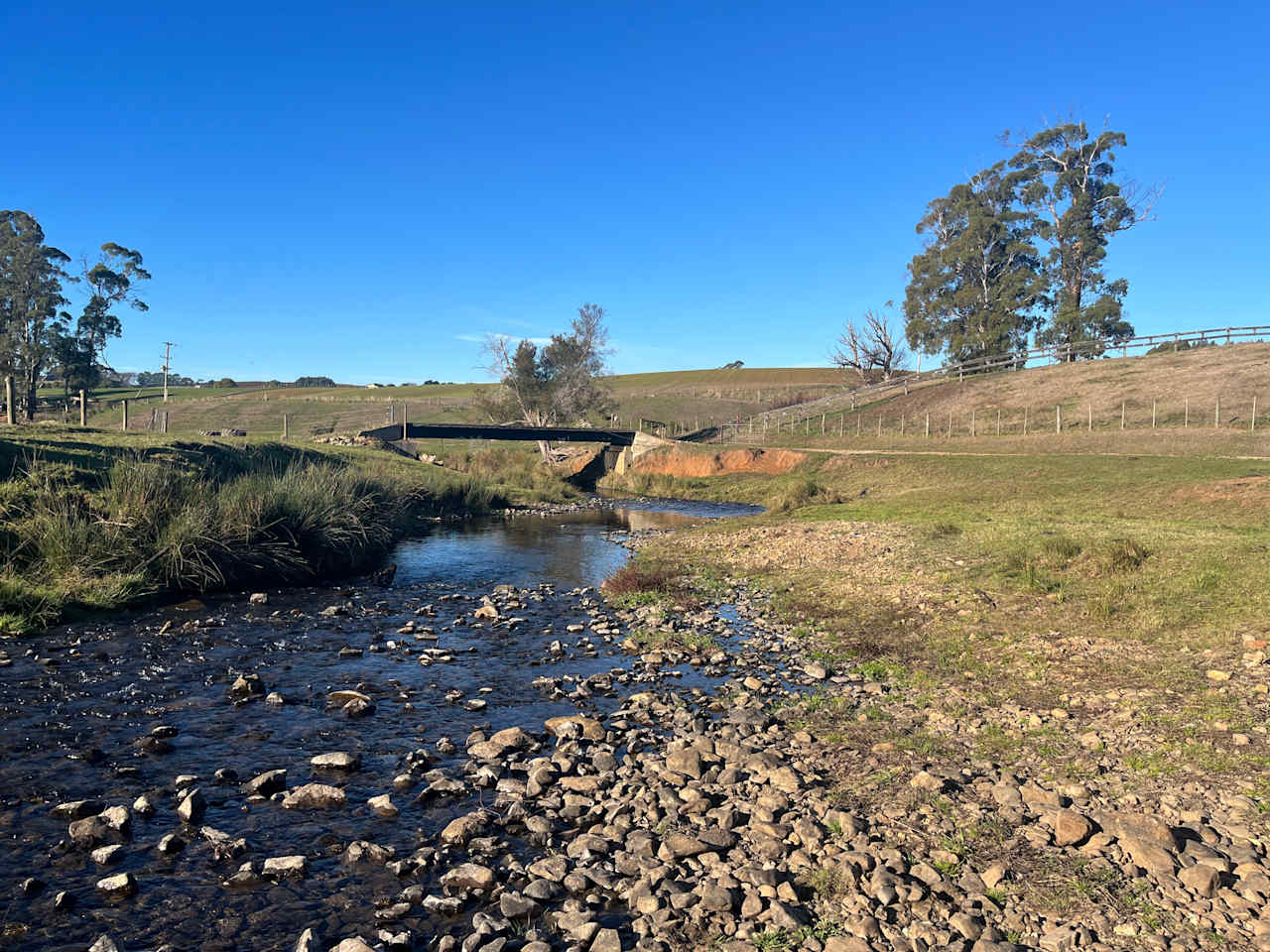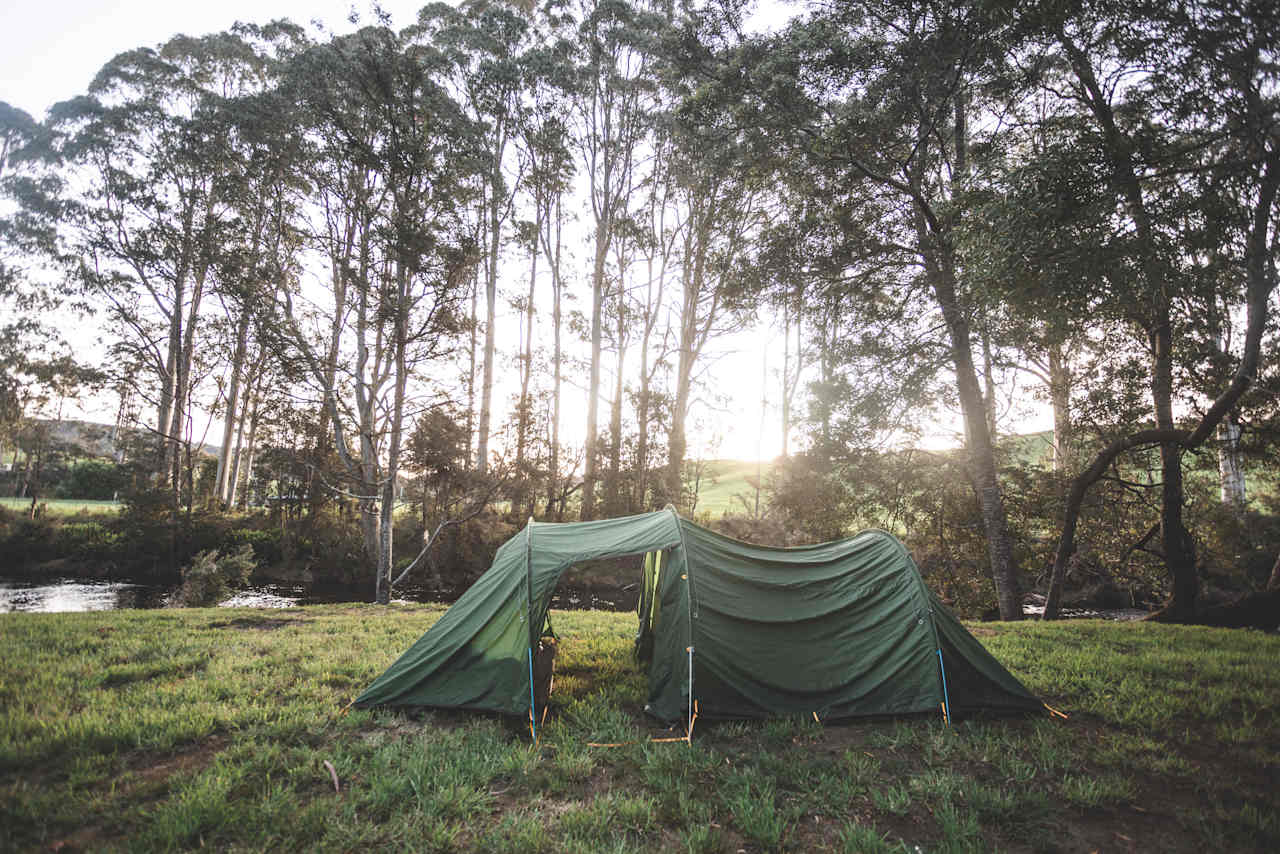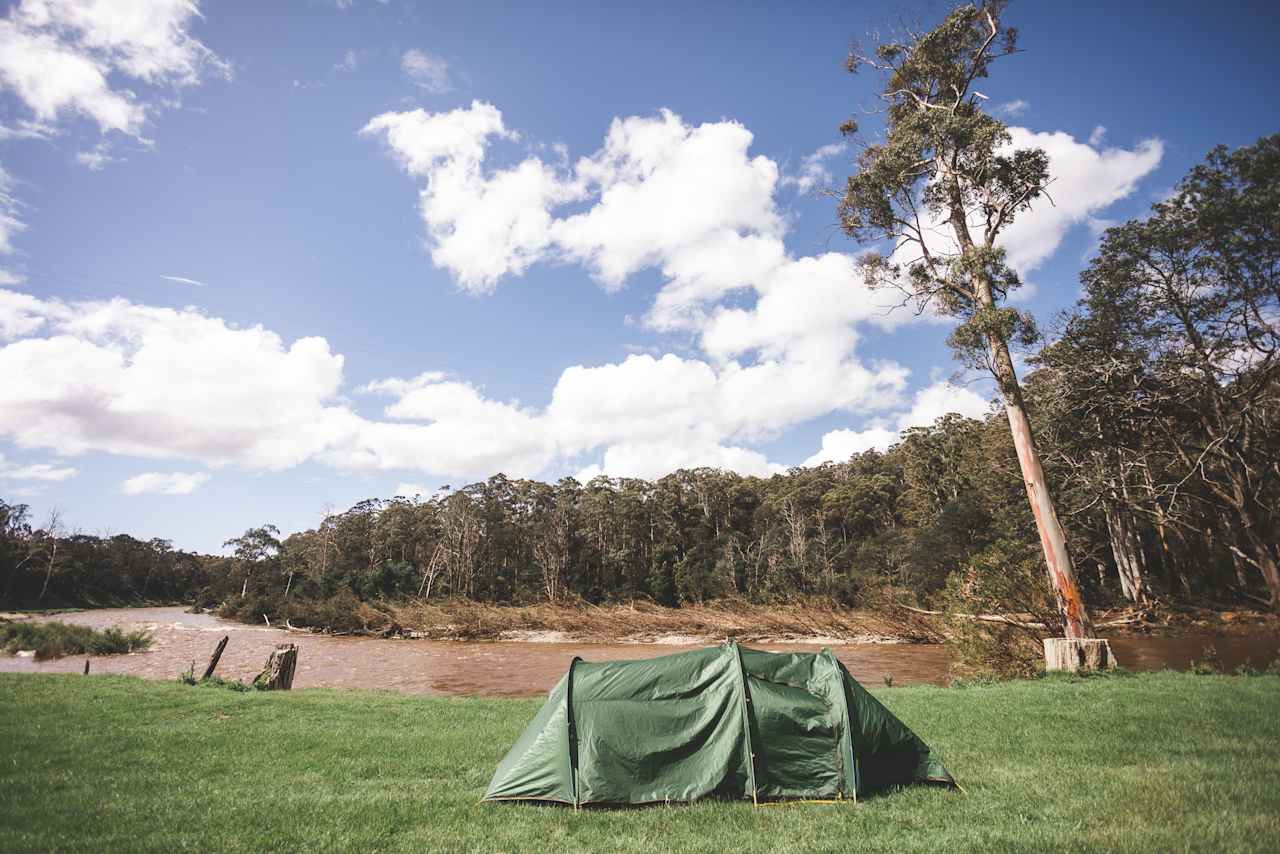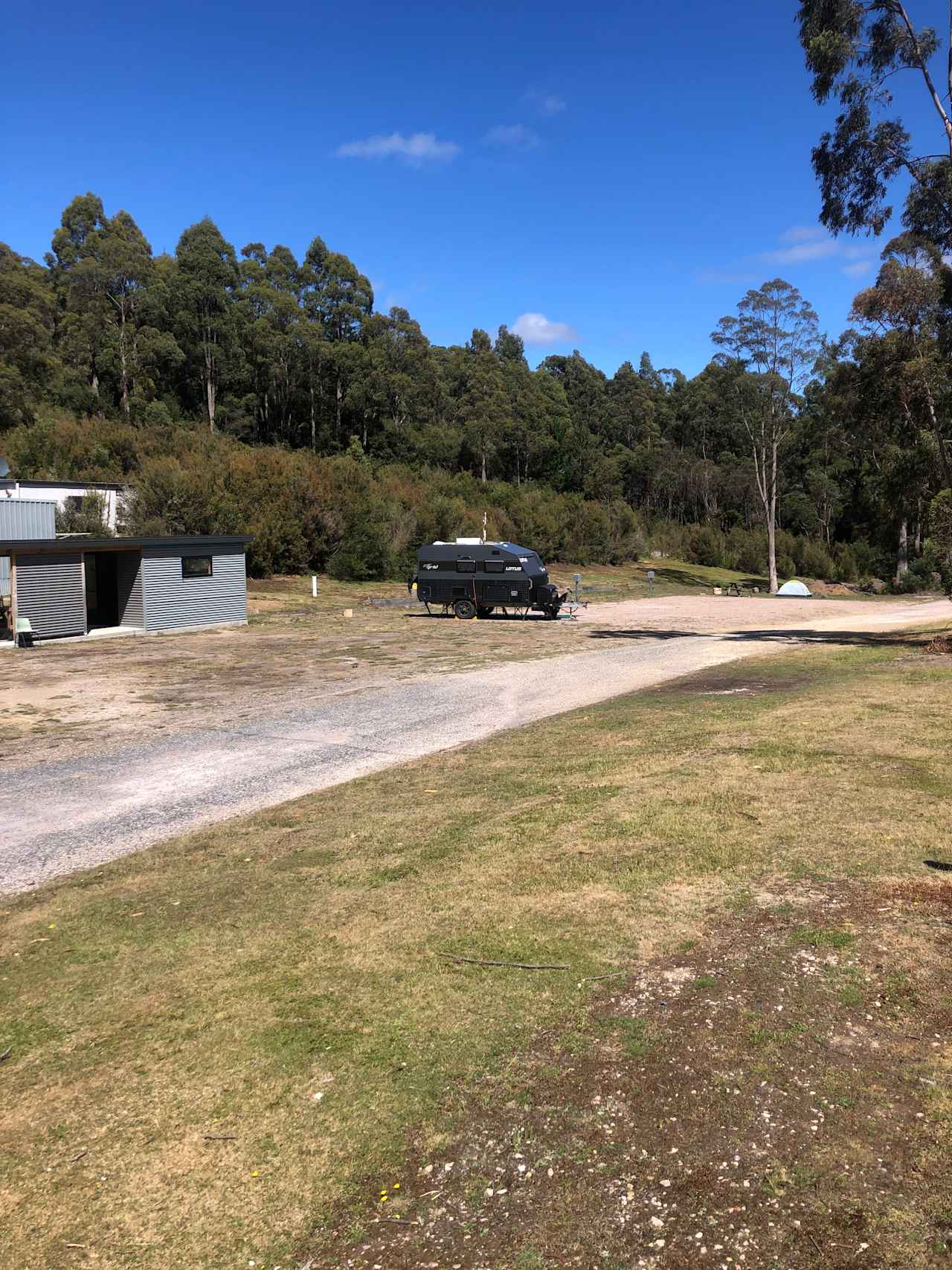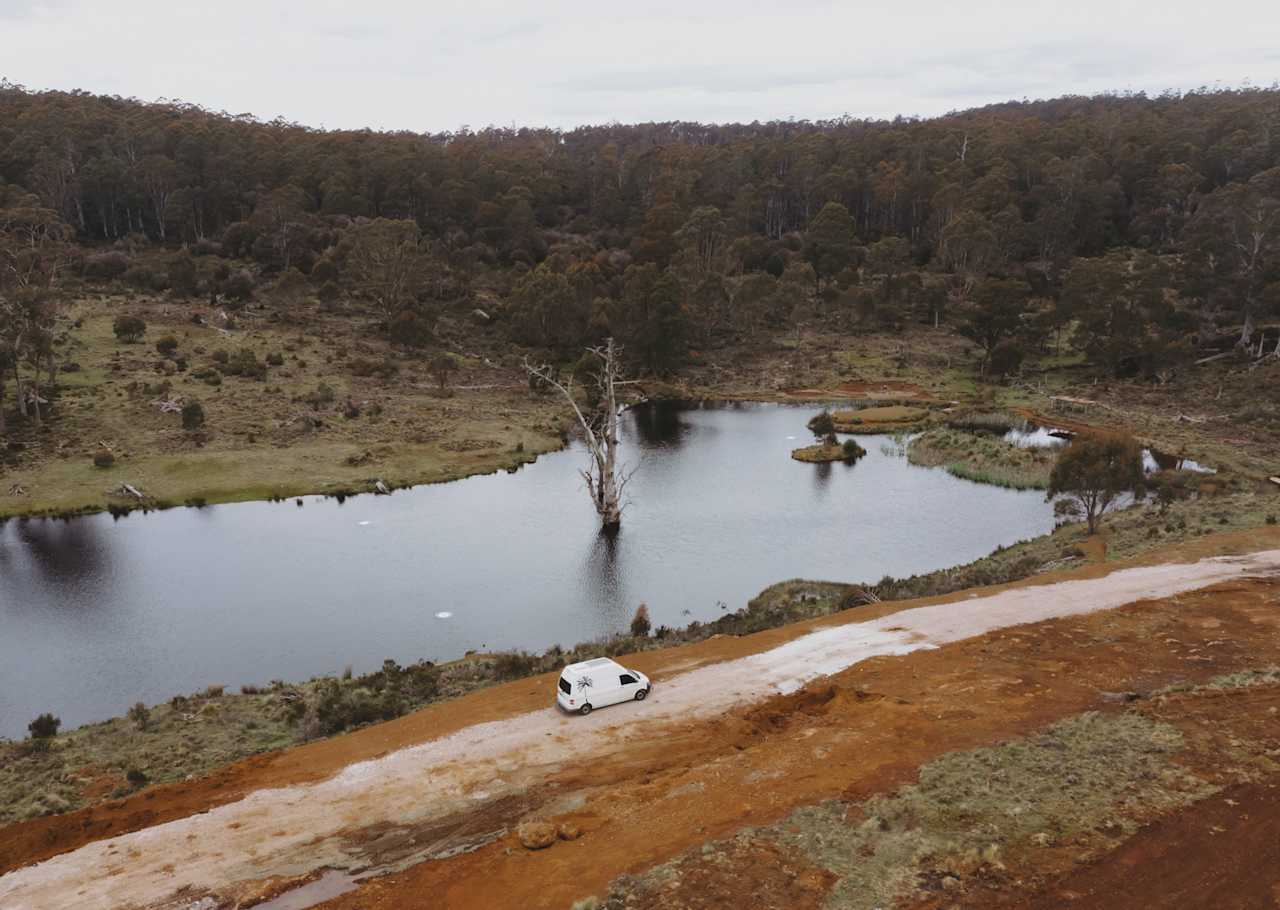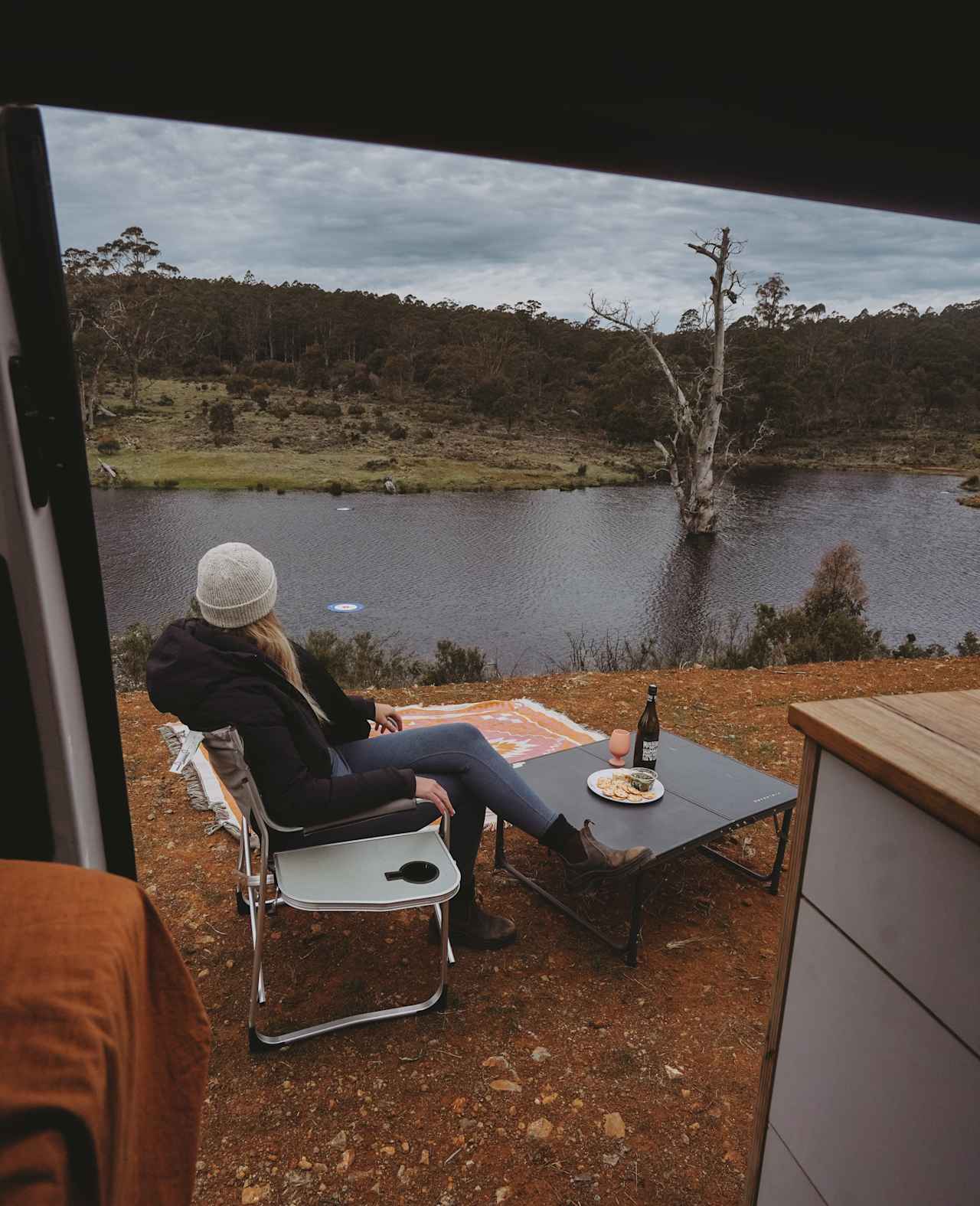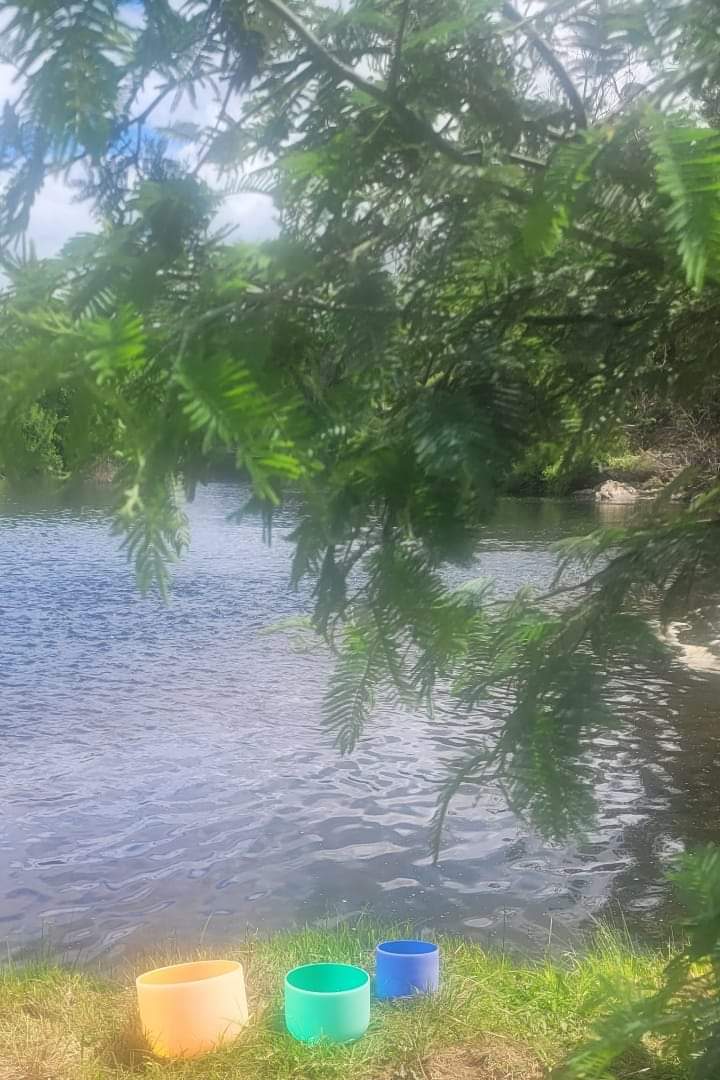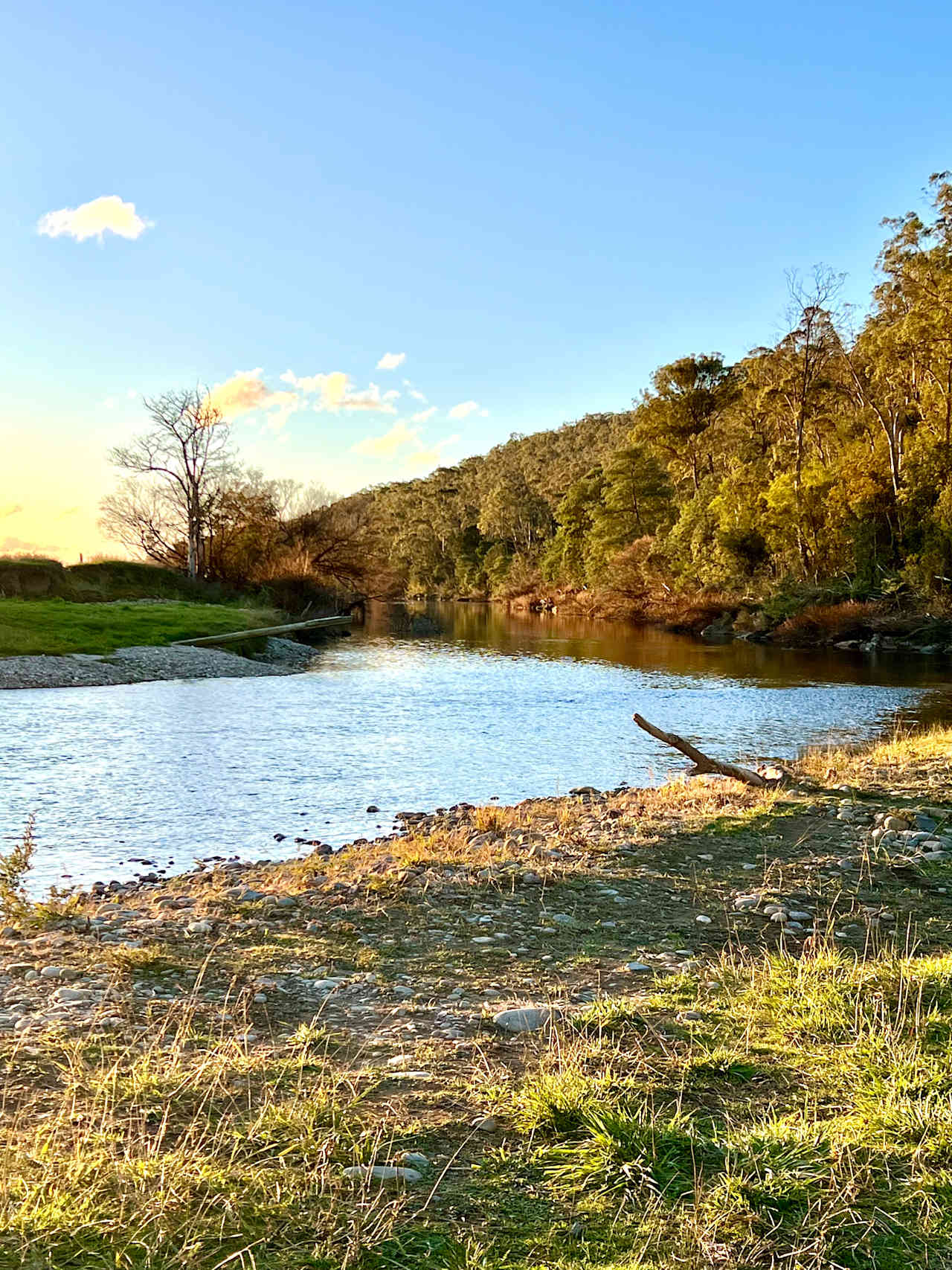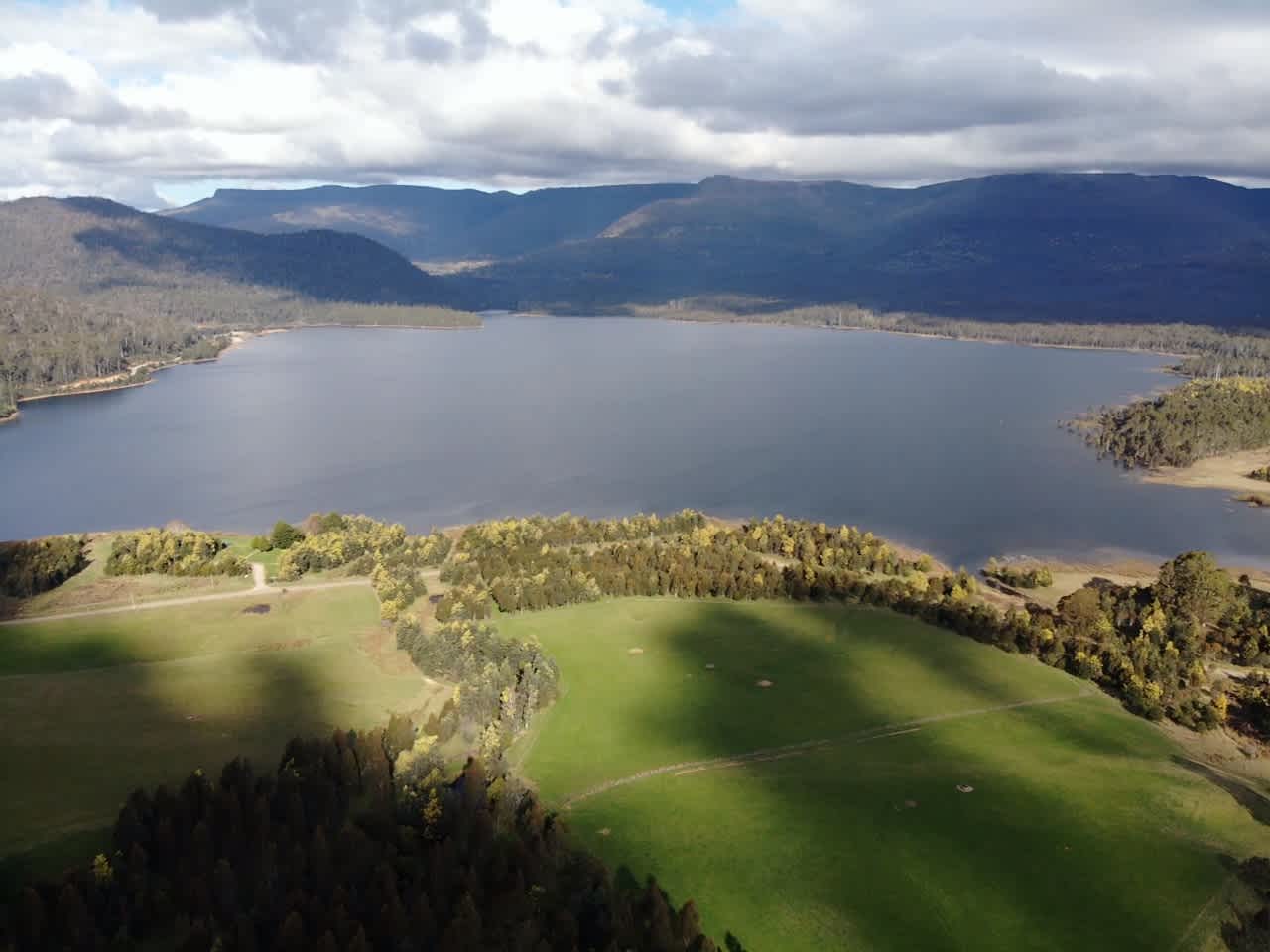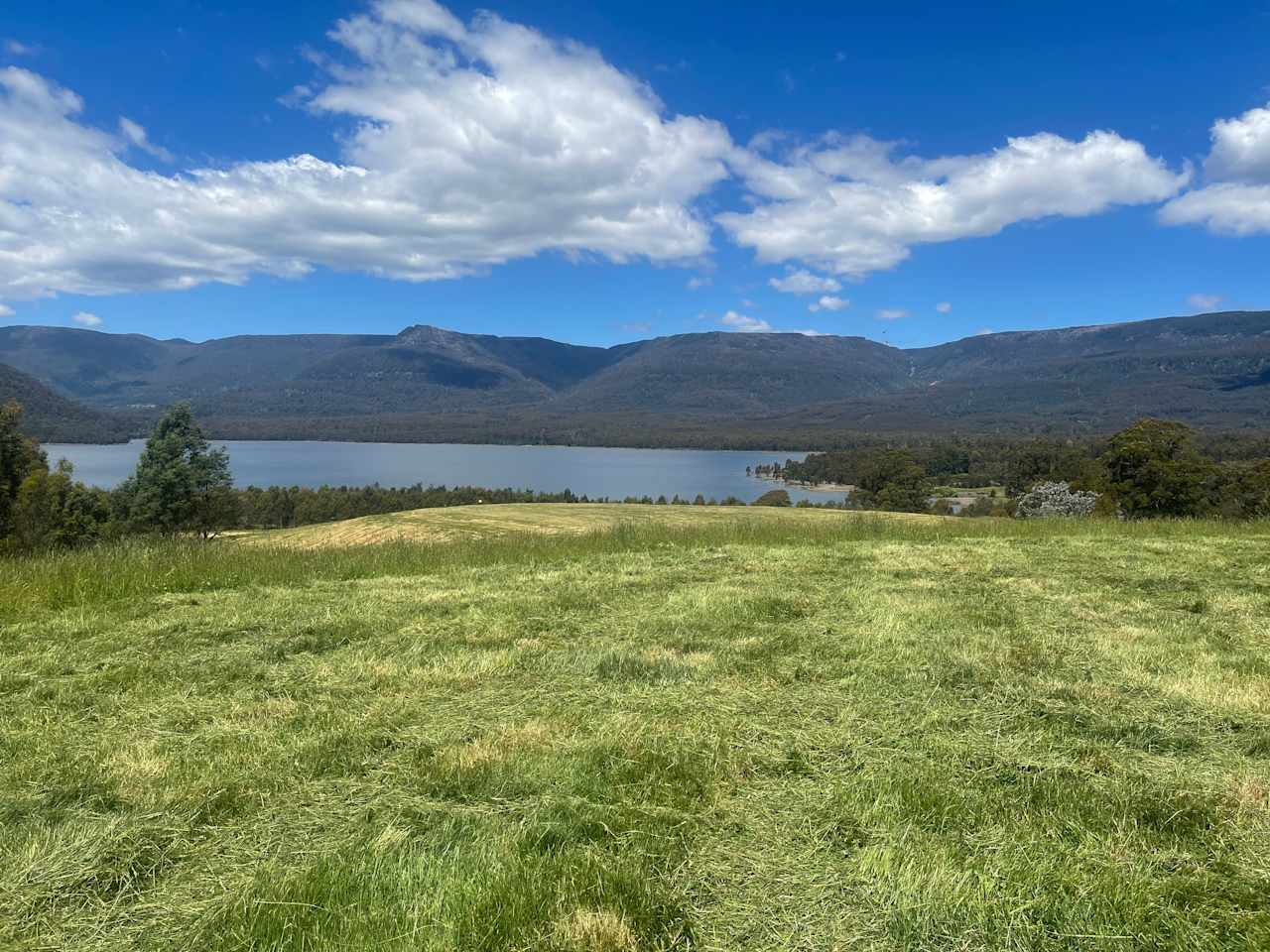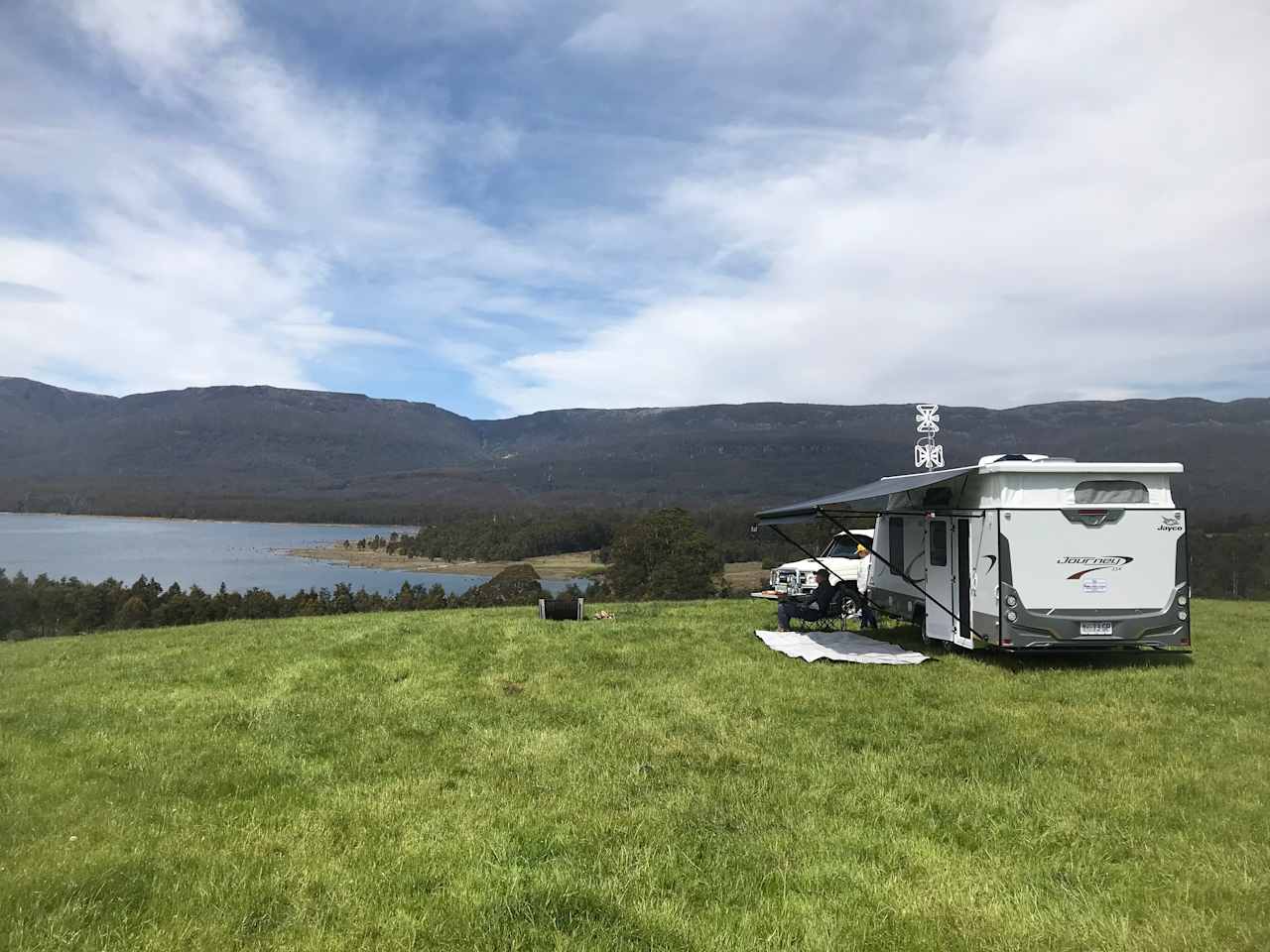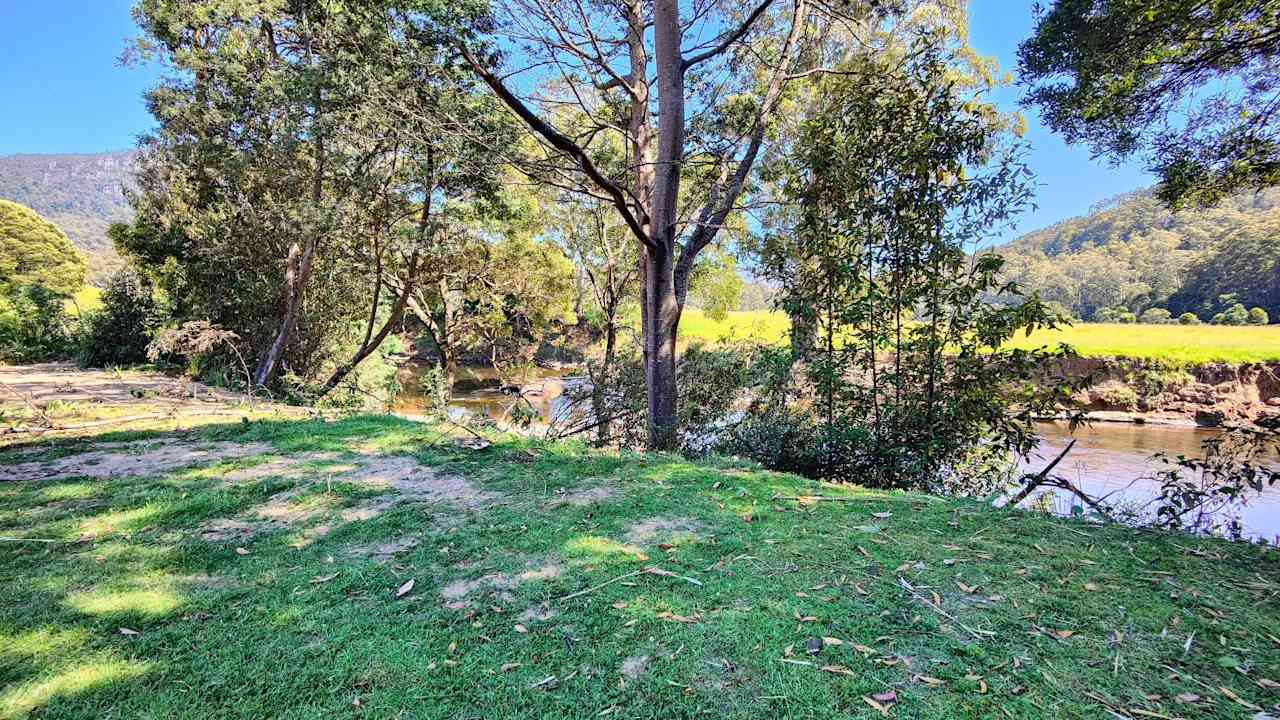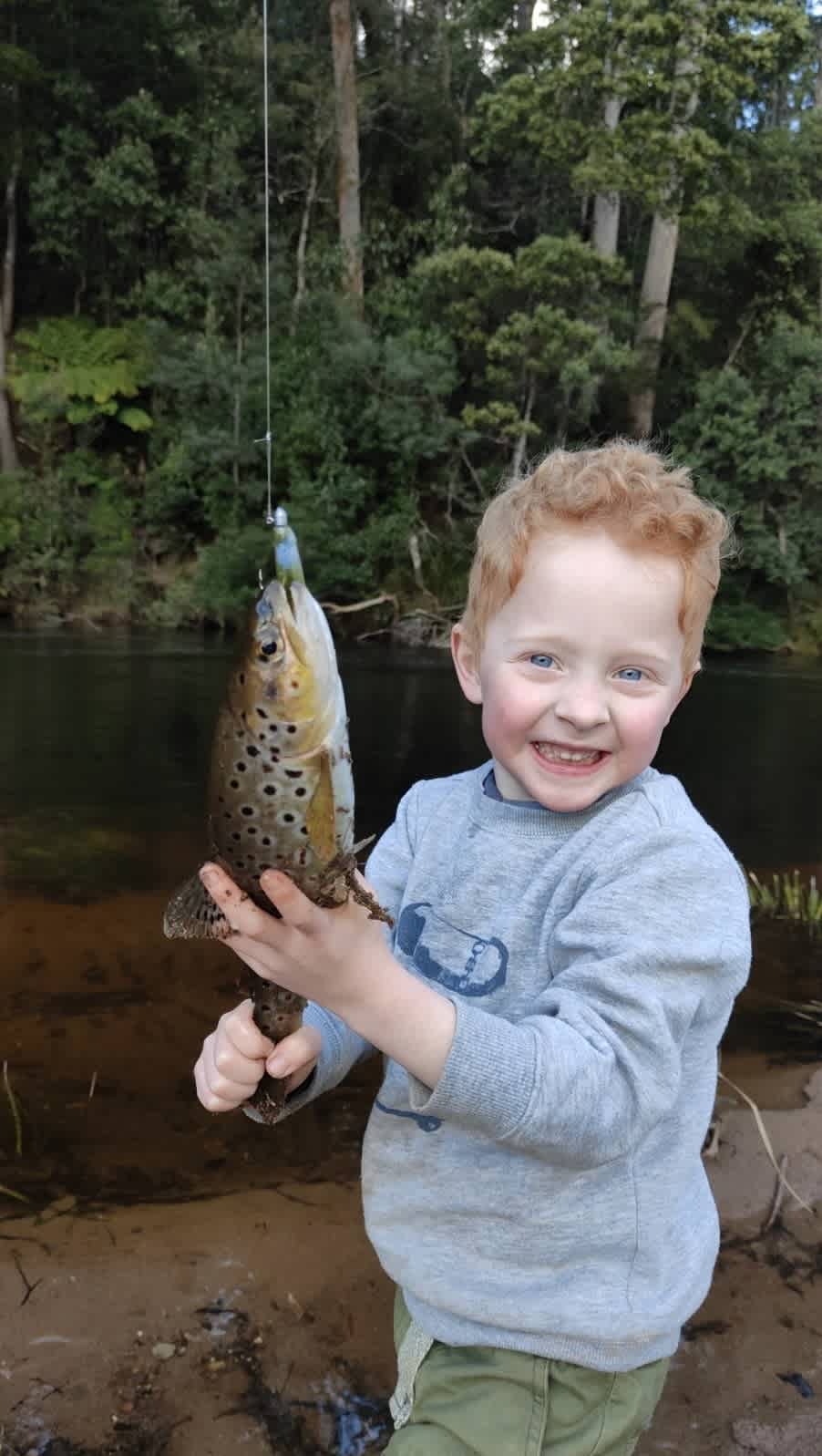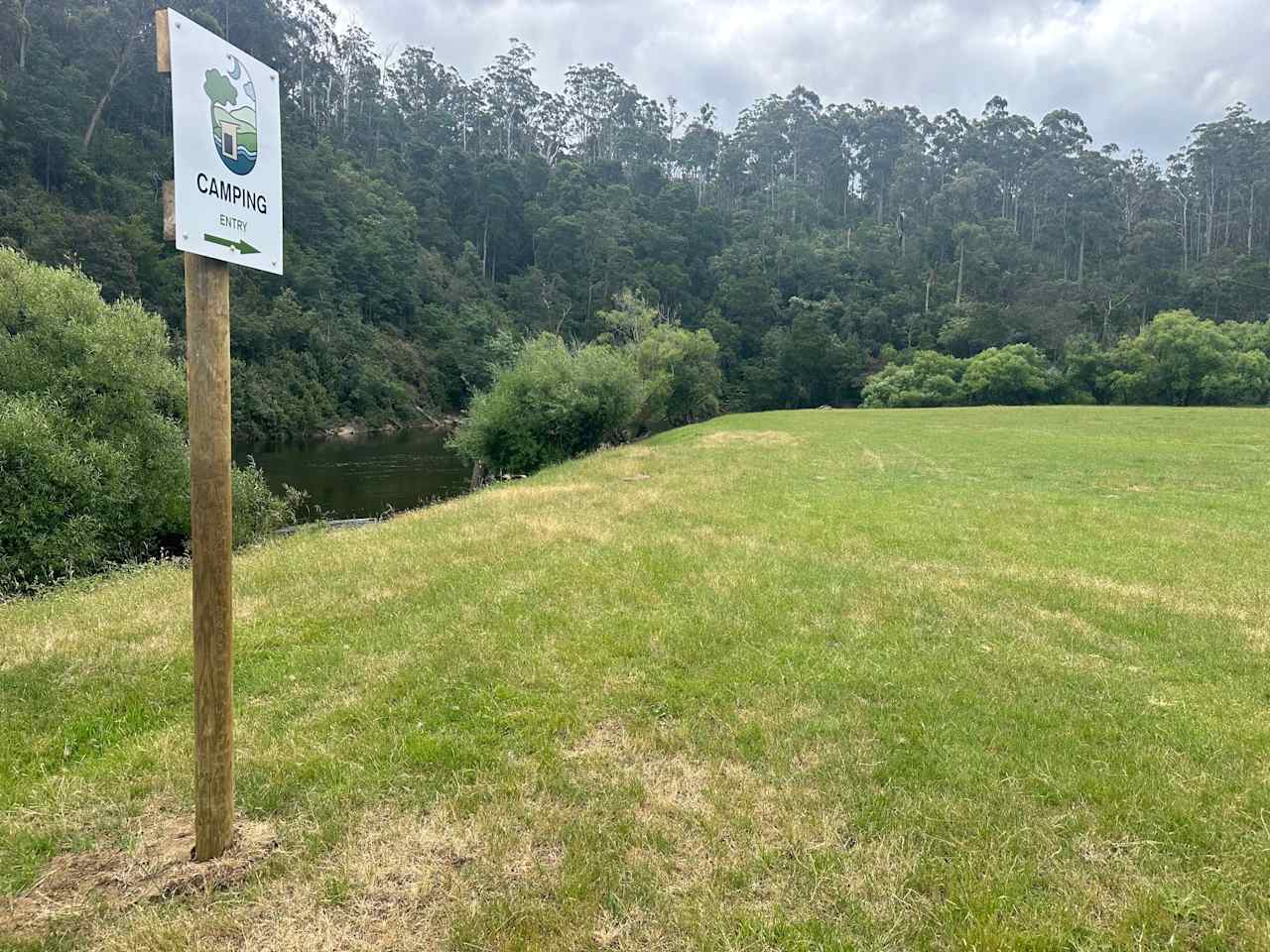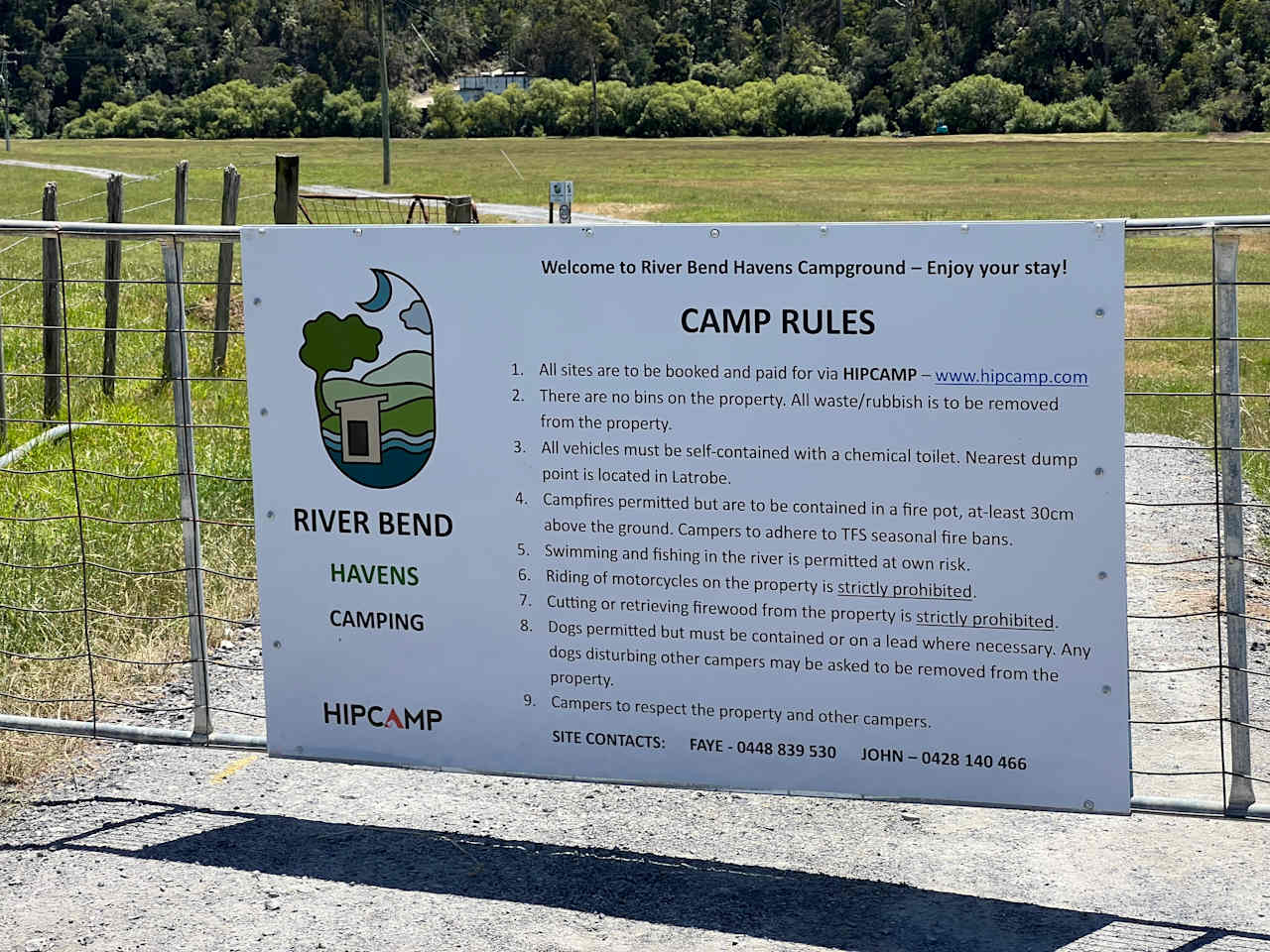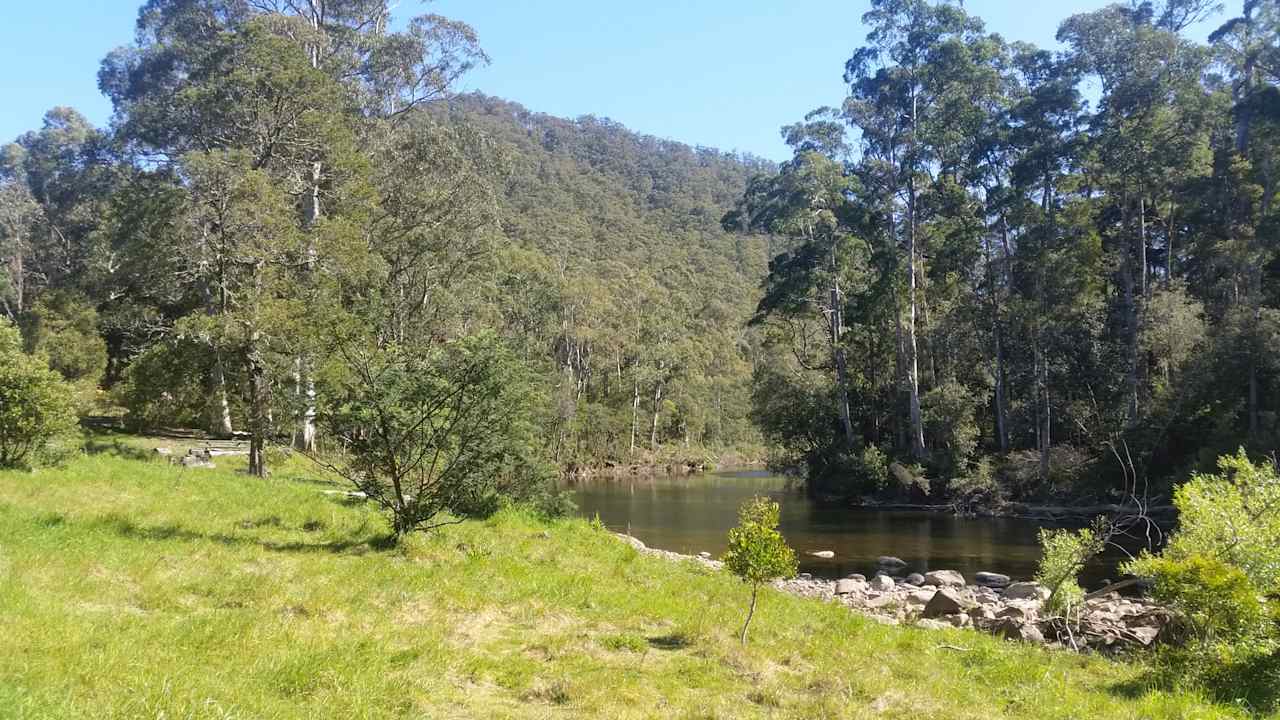The best camping near Cradle Mountain - Lake Saint Clair National Park
Discover the most magical spots to pitch your tent or park your rig on your next Cradle Mountain - Lake Saint Clair National Park adventure.
Popular ways to camp
Community favorites near Cradle Mountain - Lake Saint Clair National Park
Top-rated campgrounds reviewed by the Hipcamp community.
Almost Heaven Clydesdales
Stooge Farm Wilderness Retreat
Waratah Alpaca and Pepperberry Farm
The Gates of Heaven
River Retreat Leith - Forth River
Dale Brook Organics
Patch of Privacy.
Smithers farm
Top-rated campgrounds near Cradle Mountain - Lake Saint Clair National Park
Blythe River Campground
Sherwood River Camp
Cethana camp ground
Cradle Mountain Fishery and Camping
Duckbill Banks Camp & Hot Tub
Traill's Corner
Hill Top Farm Meander Tasmania
Marleen Herbs of Tasmania
Leven River Camping On Wattle Farm
River Bend Havens - Camping
The Farm Cradle Country
Rivers Edge
The best camping near Cradle Mountain - Lake Saint Clair National Park guide
Overview
About
The atmosphere at Lake St Clair is moody and ethereal – there’s an almost enchanted presence at this tranquil place. The Aboriginal name for Lake St Clair is leeawuleena, meaning ‘sleeping water’, and on still days you can truly appreciate the origins of this name. Lake St Clair is part of the celebrated Cradle Mountain-Lake St Clair National Park – the heart of the Tasmanian Wilderness World Heritage Area. It is at Lake St Clair that Tasmania’s most iconic multi-day walk, the Overland Track, comes to an end. Over six days, bushwalkers on this renowned track traverse a diverse and spectacular landscape, finishing up at the lake’s edge. In addition to the experiences to be had upon the lake, visitors can explore numerous walking trails throughout the park. A range of short and longer tracks meander off through ancient rainforests to alpine lakes or mountain summits. Regardless of which route you choose, you’ll find yourself submerged in Lake St Clair’s lavish wilderness.
Cradle Mountain-Lake St Clair is the quintessential Tasmanian national park. In the Tasmanian Wilderness World Heritage Area, this park has hundreds of kilometers of walking tracks that wind around dolerite peaks, ice-carved lakes, waterfalls, button grass moors, ancient beech forests, and wombats. This is one of Australia's most famous parks, meaning that the most accessible tracks can be busy in summer. The park has two car-accessible campgrounds, and a dozen hike-in camping areas, five reserved for hikers on the 6-day Overland Track, which runs south from Cradle Mountain to Lake St Clair.
Notable Campgrounds
- Best for families: Discovery Holiday Parks Cradle Mountain features dozens of tent and campervan sites with amenities blocks and camp kitchens, walking distance from Cradle Mountain Visitor Centre.
- Best for water lovers: Lake St Clair Tourist Park is a privately run waterfront campground that’s a great base for day hikes and kayaking.
- Best for overnight hikers: Scott-Kilvert Hut has lake-side platforms for 10 tents and is ideally placed for day hikes around and up Cradle Mountain.
Tips for snagging a campsite reservation
- Book early to reserve a peak-season (December–February) site in the main campgrounds and caravan park.
- There's a fee to hike the Overland Track October–May and numbers limited to 24 people a day. Places for December–February often fill by mid-year so set a calendar reminder to book for the summer peak and be flexible with dates.
- If you’ve snow-hiked before, consider walking June–September, when there’s no need to book and you’ll get a wilder wilderness experience.
When to Go
Cradle Mountain-Lake St Clair is busiest November–March when the weather is milder and generally more reliable. Consider visiting on weekdays outside the summer school holidays (mid–December to January), when there’s more space in the car parks and on walking tracks. Plan a visit in April–May to see the spectacular autumnal color show of Tasmania’s deciduous beech (fagus). The main campgrounds remain open all year but hiking and camping in snow is not for the inexperienced or faint-hearted. Snow sometimes falls at the height of summer too.
Know Before You Go
- Cradle Mountain is one hour south of Devonport by car and two hours' drive west of Launceston. Lake St Clair is two hours northwest of Hobart by road.
- There’s no direct road between the park’s north and south and the winding drive takes three hours. If hiking the Overland Track you’ll need to arrange return transport to your car.
- Park passes are available online at Parks Tasmania or at the visitor centre on arrival.
- RVs, caravans and camper trailers are prohibited on park roads year-round and Parks Tasmania stops all private vehicles accessing Dove Lake and other popular spots at peak times. Your parks pass includes unlimited shuttle bus rides.
- Weather can deteriorate quickly and dramatically. Check the forecast at the visitor centre before walking and carry weatherproof clothing even on sunny days.
- Wifi is available in both the Cradle Mountain and Lake St Clair national park visitor centres.
Top national parks near Cradle Mountain - Lake Saint Clair National Park
Top cities near Cradle Mountain - Lake Saint Clair National Park
- Cradle Mountain - Lake Saint Clair National Park
